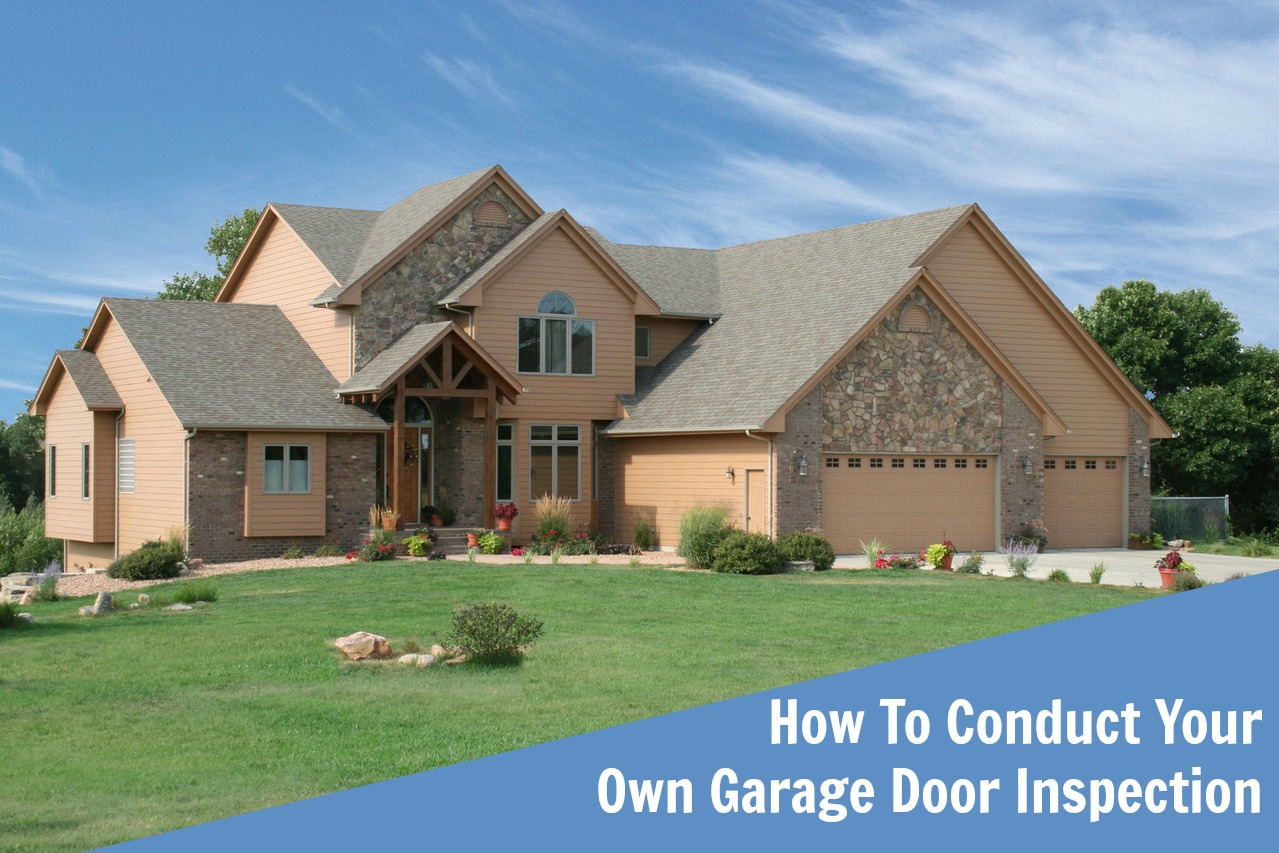
Neighborhood Garage Door Services of Bay Area, California provides top notch customer service and educates the community on garage door maintenance, preservation and safety. A garage door inspection is quite helpful and will insure the longevity of your door.
Our company suggests that you regularly inspect your door. We believe there are 10 important aspects of a thorough inspection. Take your time and cover these 10 things so you will have a better functioning and longer lasting garage door.
10 Aspects of a Garage Door Inspection:
1. Garage Door Opener
Since this is the largest moving part when it comes to your home, you should be mindful that it works well. Your garage door should move up and down smoothly. If or when you notice any issues, then call a professional to have the repair made.
2. Garage Door Panels
Go inside your garage and look at the back of your door. You want to check for any cracks, damages or areas that gap. If you see anything that doesn’t look right, then you need to fix the problem area.
3. Emergency Release Handle
Close the garage door and try and pull the emergency or manual release handle. The cord should be no more than 6 feet from the ground. The goal is to be able to open the door without the garage door opener in the event of an emergency.
 4. Springs and Hardware
4. Springs and Hardware
Be sure that your door is closed and check to see if the springs have any damages. If they do, then you will want to correct that immediately. Keep the door closed until the repair is made.
Next, take a look at the hardware. You’ll want to glance at the hinges, brackets and fasteners to be sure they are in good shape. All parts and pieces should be attached to the wall or header, anchored in tightly.
5. Safety Labels
Look inside your overhead door and check to see if you have warning labels that are clearly displayed. There are some newer doors that won’t have these labels because they have tamper-resistant bottom corner brackets, which means the labels won’t be a requirement.
6. Properly Working Door
Deactivate the garage door opener by pulling the emergency release cord. Then you will want to manually lift the garage door to see if it opens and closes properly. In the event that the door doesn’t open smoothly you’ll need to have a trained technician inspect it for any issues.
7. Push Button
Test the button on the wall by pushing it to ensure the garage door opens and closes with ease. Also, you should measure the distance from the button to the floor and check if it’s out of reach of smaller children. A good rule of thumb is that it should be 5 feet off the ground.
8. Spring Containment
Garage doors have torsion springs that are above the door header, also known as extension springs. If the springs break then containment will prevent damaged parts falling into the garage in a dangerous way.
 9. Photoelectric Eyes
9. Photoelectric Eyes
As of 1992, the law says that residential garage door openers must have photoelectric eyes or something similar that serves as a safety-reverse feature. The beam of these photoelectric eyes should not be more than 6 inches from the floor.
10. Reversal Test
This check is a non-contact method. Get inside your garage and open the door with the wall button. When you see the door start to close, put your hand or something else in the way of the photoelectric eye beam. Your garage door should reverse right away and open fully.
Neighborhood Garage Door Services of Bay Area, California cannot emphasize enough the importance of these 10 ways to inspect your door. We want you to be safe and for your door to work without any issue.
Be sure to make these inspections a priority when it comes to your garage door. You’ll be glad you did and your door will last longer.






 4. Springs and Hardware
4. Springs and Hardware 9. Photoelectric Eyes
9. Photoelectric Eyes
